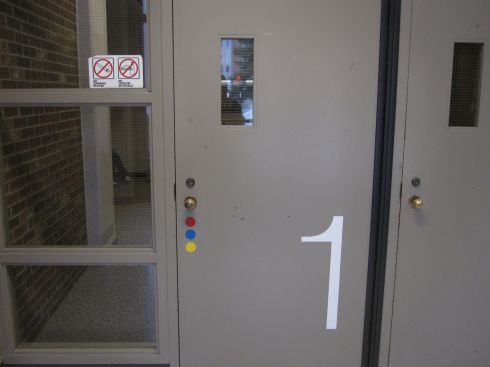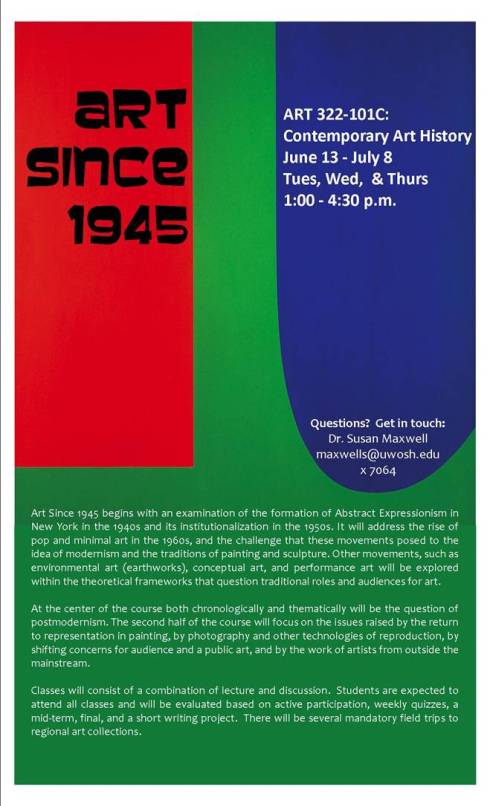This is the tagline of, I kid you not, the Pantone Hotel. I read about it in today’s New York Times. Planning a visit to Brussels? Whether you are visiting for business or pleasure (or for waffles), you can customize your accommodations in the Belgian capital to reflect your current mood. Each of the seven floors has its own color scheme–see swatch chart just below. (Are those on the blue floor expected to feel tranquil and exhilarating at the same time?)
Feeling vibrant and/or intense? Daring and/or fiery? It looks like you can borrow a colorful bike to ride around town. I’d be happy just to lounge around eating chocolate on the cheerful/warm floor.
















